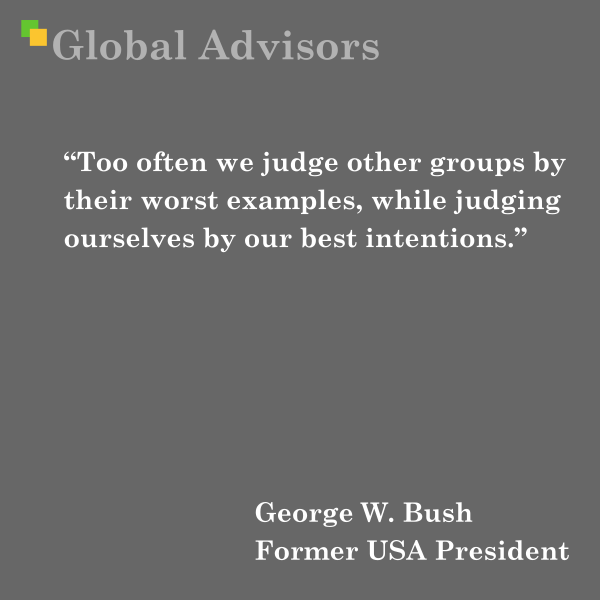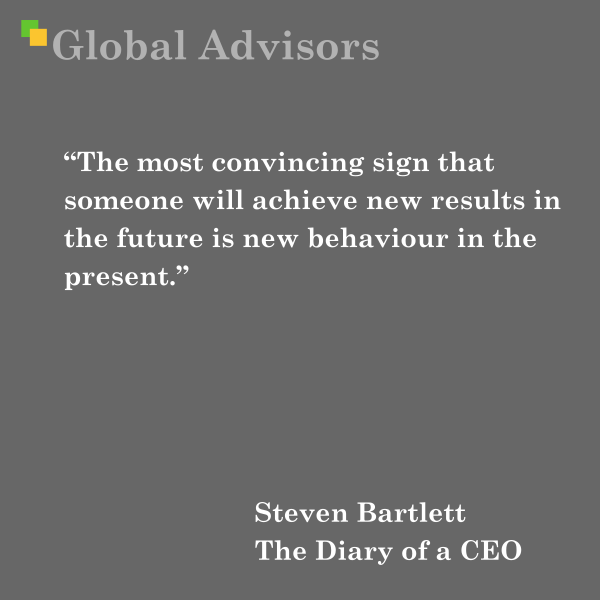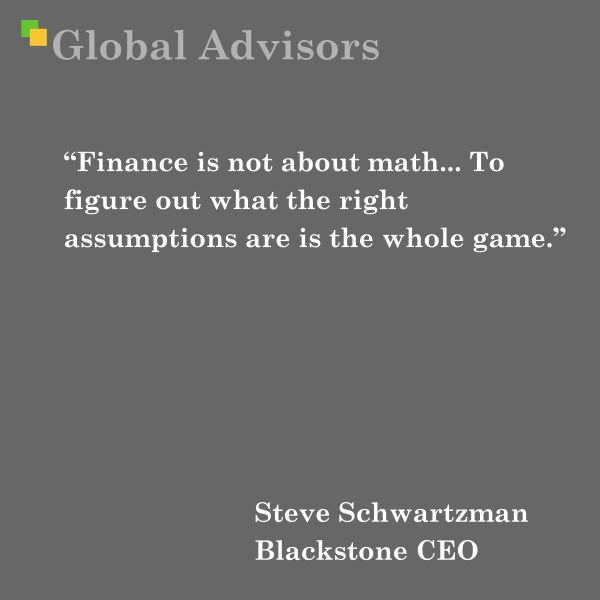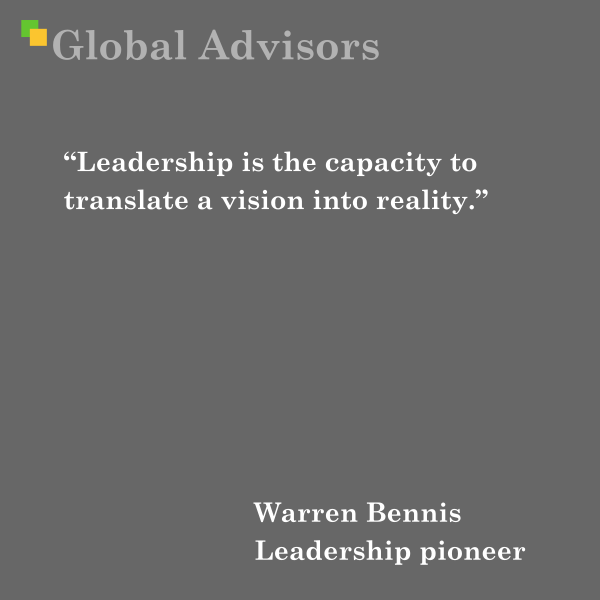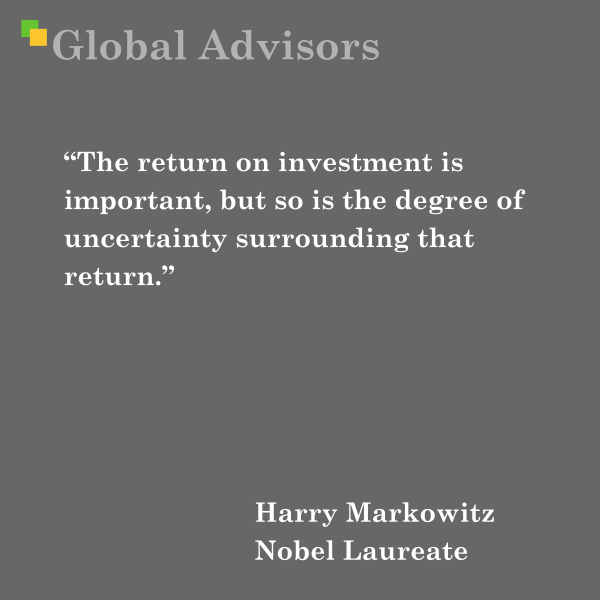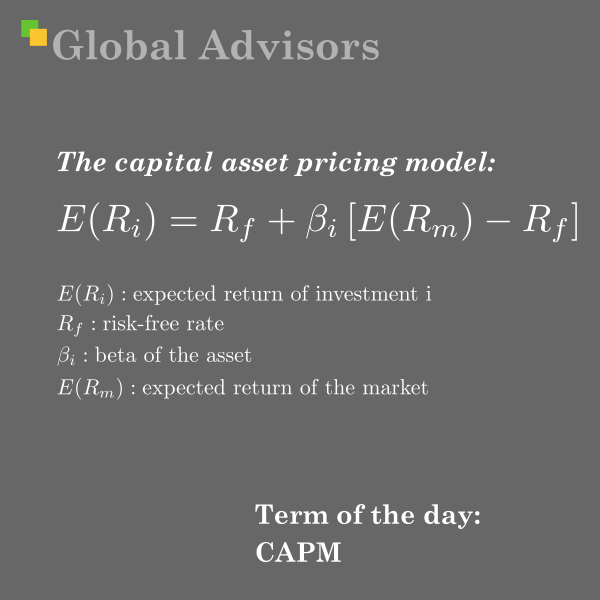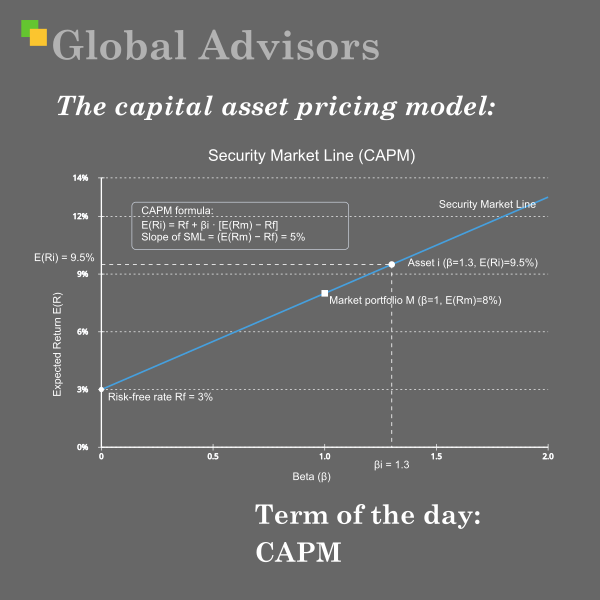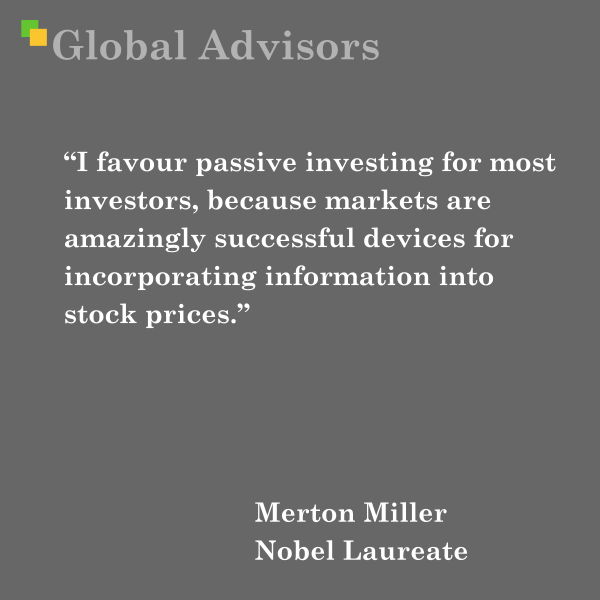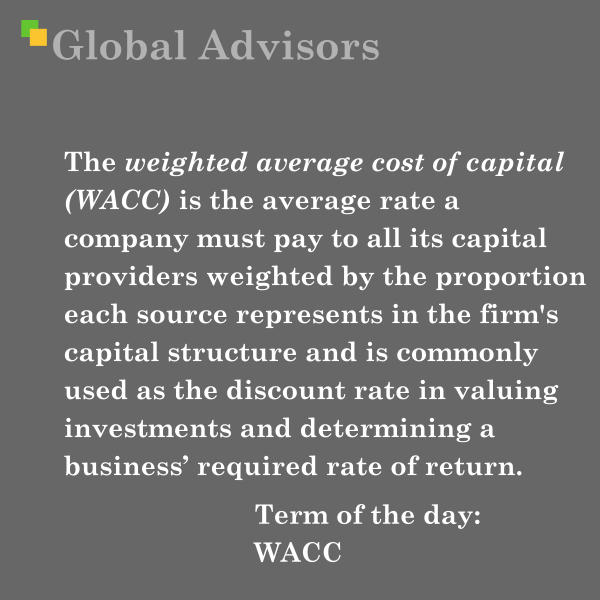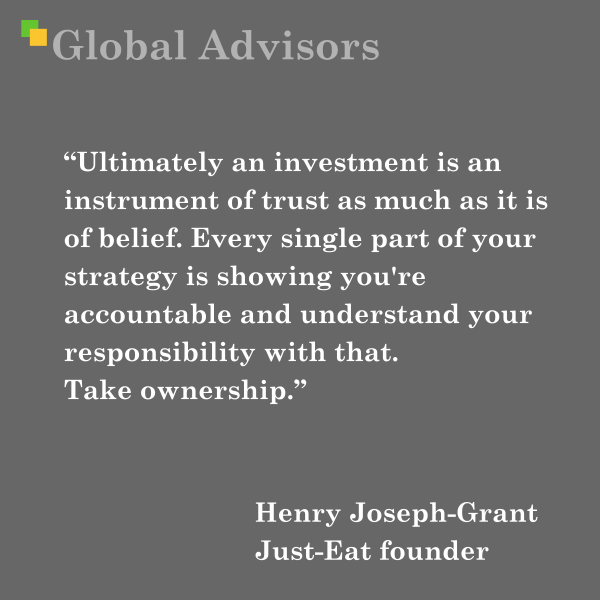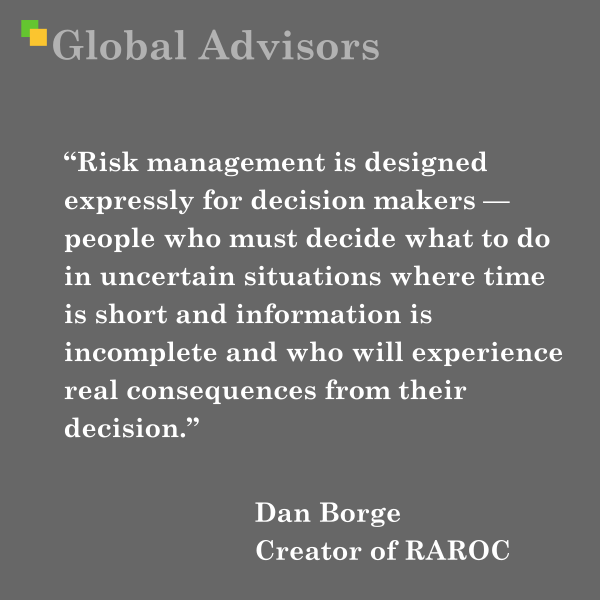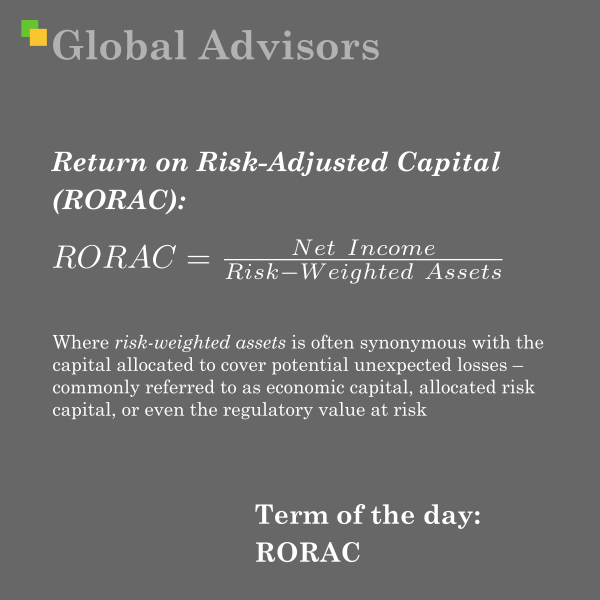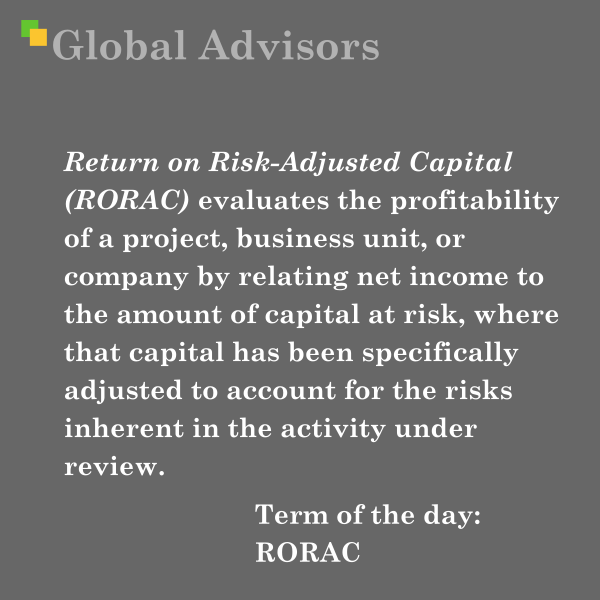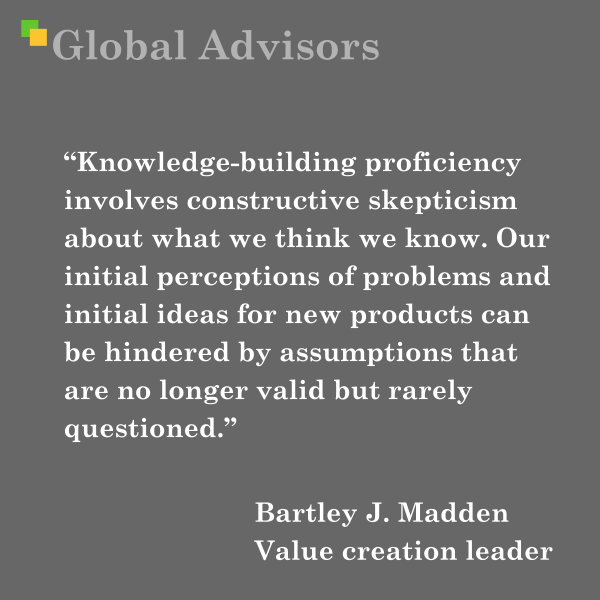“Too often we judge other groups by their worst examples, while judging ourselves by our best intentions.” – George W. Bush – Former USA President
Context of the Quote
George W. Bush delivered this insight during a speech in Dallas in July 2016, a period marked by heightened social tension and polarisation in the United States. The address came days after the fatal shooting of five police officers at a protest, itself a reaction to controversial police actions. Seeking to foster unity, Bush acknowledged America’s tendency towards group bias and emphasised the need for empathy and shared commitment to democratic ideals.
His observation draws attention to a universal cognitive and social phenomenon: ingroup/outgroup bias. When confronted with behaviours or actions from those outside our immediate social or cultural group, we are prone to interpret those actions through a lens of suspicion and selective memory, spotlighting their most negative examples. Conversely, when assessing ourselves or those we identify with, we prefer generous interpretations, focusing on intentions rather than shortcomings. Bush’s wider message underscored the importance of humility, perspective-taking, and the recommitment to values that transcend background or ideology.
Profile: George W. Bush
Serving as the 43rd President of the United States from 2001 to 2009, George W. Bush led through a tumultuous era defined by the September 11 attacks, wars in Afghanistan and Iraq, and significant domestic debate. Known for his plainspoken style, Bush’s post-presidential efforts have often revolved around advocacy for veterans, public service, and fostering civil discourse.
Bush’s later public statements—such as the one quoted—reflect a reflective approach to leadership, consistently urging Americans to recognise shared values rather than be divided by fear, prejudice, or misunderstanding. His comments on our tendency to judge others harshly, while pardoning ourselves, reveal an awareness of the psychological barriers that undermine social cohesion.
Theoretical Underpinnings: Ingroup/Outgroup Bias and Attribution Theory
Bush’s observation is grounded in a longstanding body of social scientific research. Several leading theorists have dissected the mechanisms underlying the very human tendencies he describes:
-
Henri Tajfel (1919–1982):
A Polish-British social psychologist best known for developing Social Identity Theory. Tajfel demonstrated in his groundbreaking studies that individuals routinely favour their own groups (ingroups) over others (outgroups) even when group distinctions are arbitrary. His work revealed how quickly and powerfully these divisions can lead to prejudice and discrimination, a process termed ingroup bias. -
Muzafer Sherif (1906–1988):
A pioneer of realistic conflict theory, Sherif’s classic Robbers Cave experiment showcased how group identity can escalate into competition and hostility even among previously unacquainted individuals. He further highlighted how intergroup conflict can be reduced through shared goals and cooperation. -
Fritz Heider (1896–1988):
An Austrian psychologist who conceived of attribution theory, Heider explored how people explain the behaviours of themselves and others. His work identified the “actor–observer bias”: we tend to attribute our own actions to circumstances or intentions but explain others’ actions by their character or group membership. -
Lee Ross (1942–2021):
Known for his research into the fundamental attribution error, Ross expanded the understanding that individuals systematically overestimate the influence of disposition (personality) and underestimate situational factors when judging others, while making more charitable attributions for themselves.
Practical Relevance and Enduring Significance
Bush’s statement sits at the intersection of leadership, societal cohesion, and cognitive psychology. It resonates in organisational contexts, policy development, and everyday interpersonal relations, offering a reminder of the pitfalls of selective empathy. The theorists cited above provide the academic scaffolding for these insights, underscoring that while group divisions are deeply embedded, they are not immutable; awareness, shared objectives, and deliberate effort can bridge divides.
Promoting an understanding of these biases is critical for any leader or organisation working to build trust, foster diversity, or drive collective progress.
